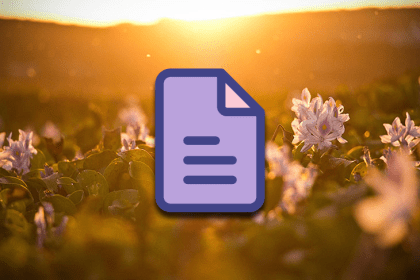
The software testing lifecycle consists of multiple phases, including alpha, beta, and general availability, designed to enhance the user experience.

In this guide, we’ll highlight the difference between OKRs and KPIs and demonstrate how you can use them both to drive value and better outcomes.

The vision statement drives the end goal of the product, aligning stakeholders and roadmaps. The mission statement drives the “how” of the product.

There are important separations between types of decision-making processes: should this be made by a group or individual? Do you need consensus?

Review what iterative and incremental development means, weigh the pros and cons, and see how an iterative and incremental development process works in practice by looking at examples.

A contingency plan — also known as a “plan B” or “backup plan” — is used by organizations to effectively respond once a risk occurs.

Despite calling ourselves scrum teams, we often aren’t equipped to learn fast enough. Here are three steps to improve your release management process and set your next deployment up for success.

Cannibalization is when a product “eats” another one’s market share. Usually seen as a bad thing, cannibalization can be intentional, unintentional, or cross-market.

A strategic roadmap can be a blessing or a curse. Discover what a strategic roadmap is (and isn’t), common antipatterns to avoid, and how to build one by looking at a real-world example.

Product managers must learn how to estimate the gravitas of their decisions and how to cut losses gracefully (with minimal damage) when they inevitably happen.

We discuss five product management trends to keep your eye on in 2023, including an increased focus on monetization, data, remote work, and specialized PM roles.

In the time between the first paper on SMART goals being released and today, research has advanced and proposed two new values: (E)thical and (R)ewarding.